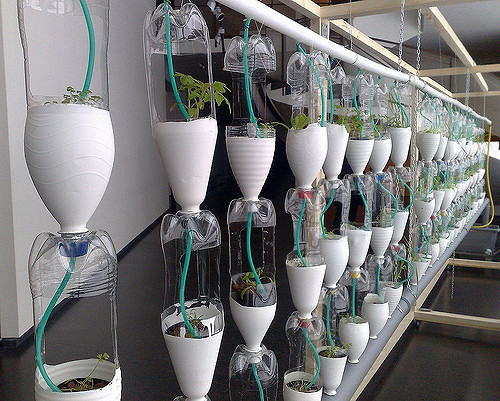With climate change being one of the biggest threats to our planet, it’s important to find way to combat the problems our country and world is facing. From the use of natural resources and fossil fuels to emissions of gases and chemicals into our environment, our planet is heating at an alarming and rapid rate. In order to preserve our world for future generations, it’s important to take steps now. Geo-engineers are working diligently to find ways to slow down the effects of global warming and climate change. Here are five ways geo-engineering can potentially solve and prevent climate change.
1. Planting Trees
With the boom of the logging industry, our planet has been greatly depleted of its number-one, most efficient filtration system — trees. While the notion of replanting and preserving the forests isn’t a new one, geo-engineers hope to help solve the climate issues facing us by planting trees.
Both forests on land and the ever-diminishing kelp forests can take the chemicals and carbon dioxide being released into our atmosphere and turn it into oxygen. To learn more about geo-engineering and replantation, there are a variety of engineering online courses designed around the idea of planting and culturing new trees and plants.
2. Enhanced Weathering
Carbon is the leading problem facing the earth’s atmosphere and climate change. While eliminating and riding the planet of all carbon emissions isn’t a practical goal, reducing the emissions reaching our precious o-zone layer is. Geo-engineers propose a system of enhanced weathering to help speed up the absorption of carbon and removing it from the air.
Weathering is the process of wearing down mountains overtime. As these rocks are broken down, they absorb carbon. This takes millions of years and can’t adequately fight the problems we are facing now. Enhanced weathering would place pre-weathers rocks within our landscape to combat the expulsion of carbon emissions. These rocks could then be washed into the oceans to hold the carbon.
3. Carbon Scrubbers
Aside from natural remedies for climate control, there are some options that are being designed for the purpose of reducing carbon in the atmosphere. Engineering online courses are pairing with researchers all across the country to develop carbon scrubbers capable of removing CO2 from the air.
These scrubbers can be placed within high-carbon cities around the world to take one ton of carbon dioxide out of the air each day. While the idea is in the works and being developed, it isn’t a foolproof method and would take millions to adequately make a dent in the atmospheric emissions. These scrubbers are rumored to cost upwards of $200,000 each to create.
4. Aerial Reforestation
 While planting new trees or mangrove/kelp forests is a key way to naturally remedy climate change, it can’t be done as quickly as geo-engineers would like. One of the easiest ways to reach the amount of trees needed to replenish our depleted carbon filtration system is to invest in aerial reforestation.
While planting new trees or mangrove/kelp forests is a key way to naturally remedy climate change, it can’t be done as quickly as geo-engineers would like. One of the easiest ways to reach the amount of trees needed to replenish our depleted carbon filtration system is to invest in aerial reforestation.
This method has been proposed by engineers for years and is often studied in engineering online courses. This method involves dropping seedlings over wide areas of land from airplanes in order to cover the areas that have been lost to deforestation or logging.
However, the problem occurs when the seedlings don’t make it into the ground. While this method can cover the most ground in the shortest amount of time, many of the seedlings don’t result in the actual planting of trees. Future engineers will need to solve these problems.
5. Air Purification
Some geo-engineers are convinced that while natural prevention is the best option, inventing a giant filtration and purification system to remove the carbon dioxide from the air is the way of the future. These filtrations systems would be used to draw carbon into them and out of the air. And, like natural filtration systems, these giant air purifiers could be placed deep within the earth in caverns.
These systems, however, haven’t been developed yet and could take many years to develop. This option isn’t something that has been created and is in the early phases of exploration. However, as the world changes and our climate heats, it’s natural to begin speculating new advancements for the future.





Leave a Comment